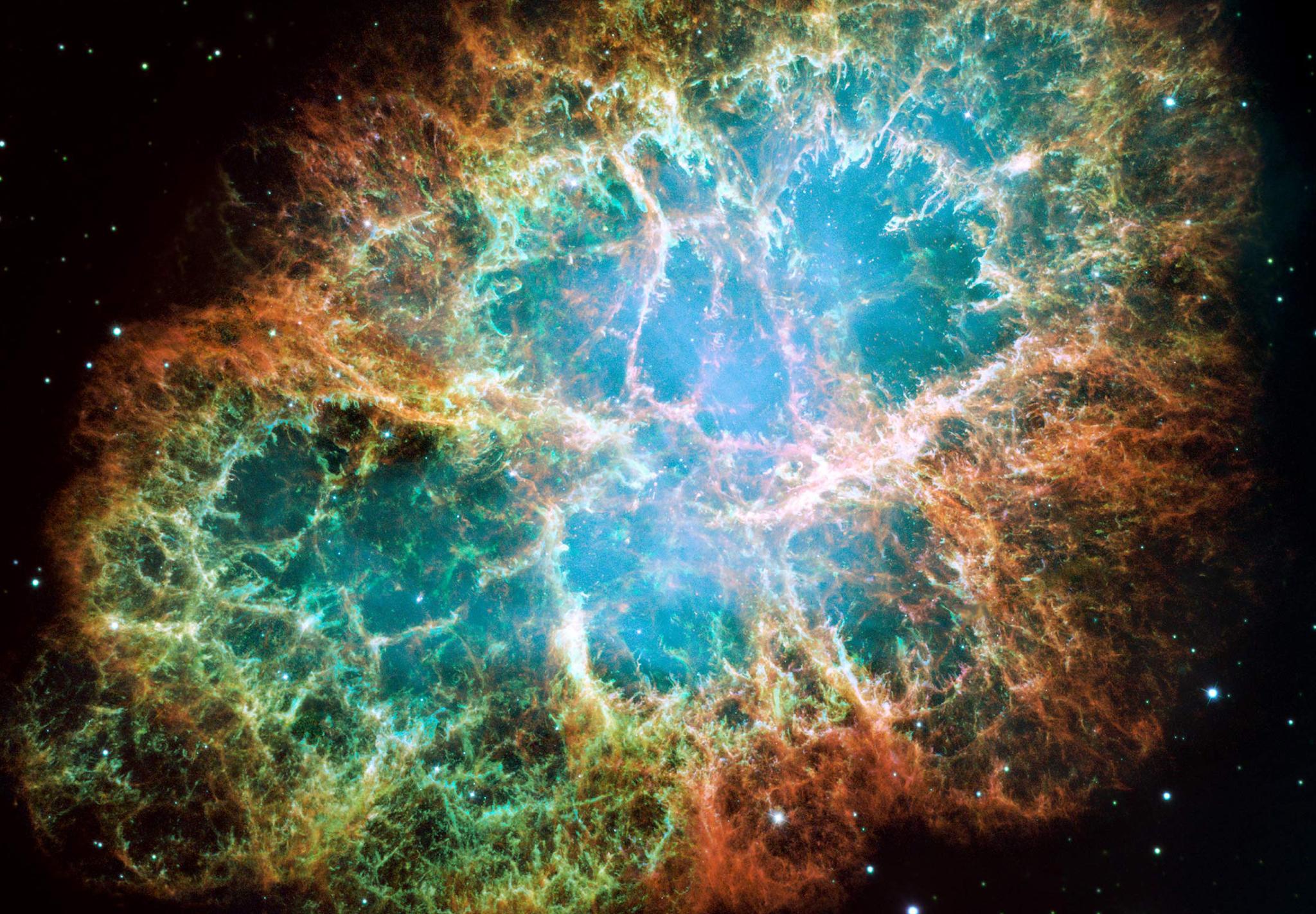Mysterious 'cold spot' in space could be proof of a parallel universe, scientists say
There might be billions of universes just outside of our own

A mysterious cold spot in space might be evidence of a parallel universe.
Scientists have long been looking for an explanation for the strange, dark area in the cosmic microwave background – the radiation leftover from the big bang. A range of different explanations have been proposed, but the main one isn't likely to make sense and it could actually be a parallel universe.
More specifically, the area could be the consequence of a collision between two different universes. It might be the first ever evidence of the theory of the multiverse – that there are billions of other universes, some of them just like our own, lurking outside the one that we can see.

The cosmic microwave background covers the entire sky, and scientists have been able to map out the radiation across the universe. It is mostly equally distributed and the same temperature – but one important cold spot stands out.
Until now, the most popular explanation has been that it is the result of a supervoid. Where the cold spot can be seen was actually a large space filled with very universes, scientists proposed.
But a new work looking in more detail than ever before at the cold spot finds that it can't be the result of such a void, under the standard model of cosmology and the universe. It's still possible that something strange is going on with physics – but it's also possible that the spot is the result of a crash between two universes.
"The voids we have detected cannot explain the Cold Spot under standard cosmology," said Ruari Mackenzie from Durham University. "There is the possibility that some non-standard model could be proposed to link the two in the future but our data place powerful constraints on any attempt to do that."
There's very little chance that the cold spot came about by chance – and so it is likely to be the result of something very strange happening, the researchers said.
"This means we can't entirely rule out that the Spot is caused by an unlikely fluctuation explained by the standard model," said Tom Shanks. "But if that isn't the answer, then there are more exotic explanations.
"Perhaps the most exciting of these is that the Cold Spot was caused by a collision between our universe and another bubble universe. If further, more detailed, analysis of CMB data proves this to be the case then the Cold Spot might be taken as the first evidence for the multiverse – and billions of other universes may exist like our own."
Researchers now hope to conduct further examination of the CMB to find out whether the theory of parallel universes bears up.
Join our commenting forum
Join thought-provoking conversations, follow other Independent readers and see their replies
Comments
Bookmark popover
Removed from bookmarks